Are we eating better Worse What are the trends According to data presented last week at a meeting of the Dietary Guidelines Advisory Committee (DGAC), Americans eating habits didnt improve much between 2001 and 2010, except in one area: whole grains.
The scientists on the committee looked closely at four food groups where Americans continue to fall far short of recommendations, to see if any progress was being made. The data showed that fruit and dairy intake had stayed pretty much level over this period as these two graphs illustrate. (You can see the trends by gender and by age group, then you can see the overall trend in the last set of bars on the right notice how the blue and green bars are identical for fruit and for dairy):
Vegetable intake actually went down slightly (even though popular choices like iceberg lettuce and French Fries are included in the vegetable total):
Only whole grains were up and they increased 33% during this period. Yay. Sound the trumpets.
Were feeling pretty good about this, especially since the increase is spread over almost every age group, for both males and females, and no group decreased its whole grain intake. The efforts Oldways and its Whole Grains Council have made to educate people about the benefits of whole grains and to help them and whole grain products, with the Whole Grain Stamp are making a dent. Makes us feel good about getting up in the morning and going to work.
We can’t stop here, though, as these next two graphs make clear. Even though whole grain consumption rose 33%, people are only eating, on average, less than one serving of whole grains instead of the three or more servings (called bounce equivalent by USDA dont ask!) recommended by the Dietary Guidelines. Very few people are following official advice to Make at least half your grains whole, as the next two graphs show.
In the upper of these two graphs, you can see that virtually no one in the U.S. is eating three servings or more of whole grains daily. Older men do best they scramble way up to maybe 4% of people getting their three-a-day of whole grains. (And if you can see that tiny sliver of green in the women 51-70, thats me.)
We’re pretty much all getting plenty of refined grains, though, as the lower of the two graphs shows. This time the not-so-good red bars are on the right, since close to 75% of us make more often much more than half our grains refined.
|
Oldways / Whole Grains Council Conference Tackles Controversial Grain Issues Despite the documented health benefits of whole grains, misinformation abounds and gluten-free and grain-free diets are in the news. If you’d like to separate the facts from the fiction, register now for our upcoming conference called Whole Grains: Breaking Barriers, taking place in Boston on November 9-11, 2014. Leading national experts including Alessio Fasano, David Katz and many more will help journalists, health professionals, policymakers, and manufacturers get the answers to all their questions about the best role for grains in America’s meals and snacks. (12 CPE credits for registered dietitians.) |
So what happens with these data U.S. law requires our government to update the Dietary Guidelines for Americans every U’ve years, and the process starts with the appointment of a Dietary Guidelines Advisory Committee, a dozen or so qualified nutrition professionals who meet endlessly for as much as two years to review studies that have been published since the last update. They comb through the evidence, and summarize it in a report which will be used as the key reference while USDA and HHS create the 2015 Dietary Guidelines.
What will that report say No one knows yet, but a few draft conclusions were shared at the DGAC meeting, including these:
- Cardiovascular Disease (CVD): strong and consistent evidence shows that dietary patterns associated with reduced risk of CVD are characterized by regular consumption of fruits, vegetables, whole grains, low-fat dairy, and fish, and are low in red and processed meat, refined grains, and sugar-sweetened foods and drinks.
- Obesity: moderate evidence suggests favorable outcomes related to body weight or risk of obesity by dietary patterns that are high in fruits, vegetables and whole grains.
- Diabetes: moderate evidence suggests that dietary patterns rich in fruits, vegetables and whole grains; and low in red and processed meats, high-fat dairy, refined grains, and sweets/sugar-sweetened beverages reduce the risk of developing type 2 diabetes.
- Certain Cancers: moderate evidence suggests that dietary patterns rich in fruits, vegetables and whole grains; and low In some animal products and refined carbohydrate are associated with reduced risk of post-menopausal breast cancer.Patterns emphasizing fruits, vegetables, fish/seafood, legumes, low-fat dairy, and whole grains were generally associated with reduced risk of colorectal cancer.
The messages are clear: Whole grains contribute significantly to health. We’re eating more of them but still not enough to reap all the health benefits. If you haven’t already, make the switch: go whole grain next time you serve yourself some cereal, a sandwich, or a pasta meal.
-Cynthia



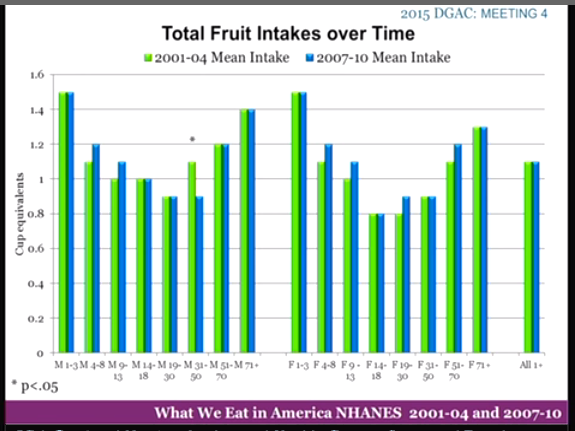
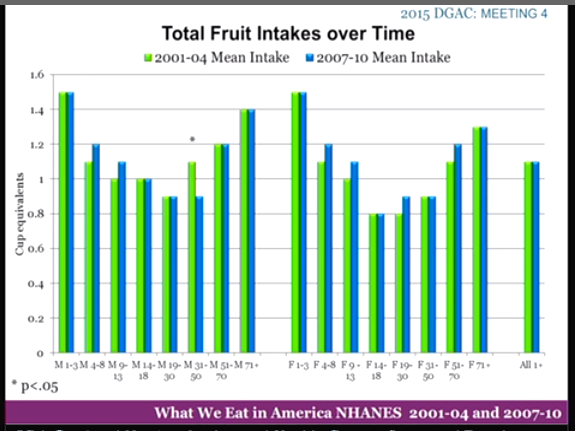
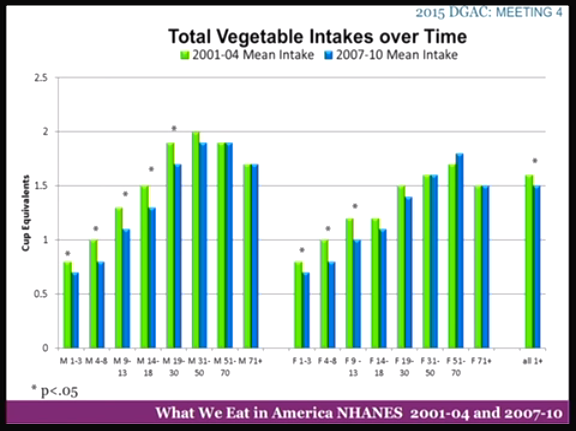
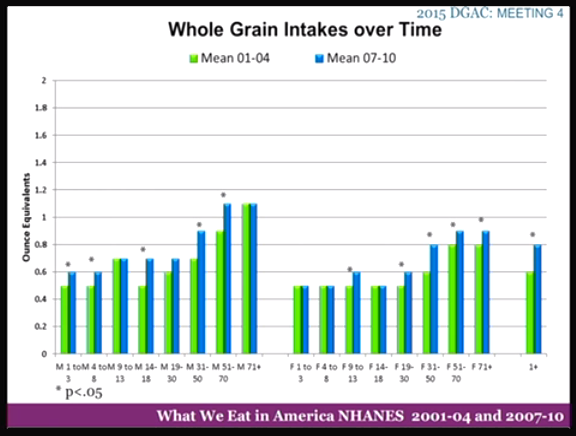

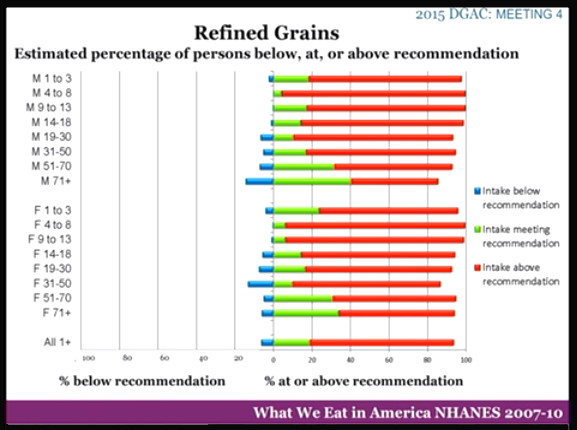




Leave a comment